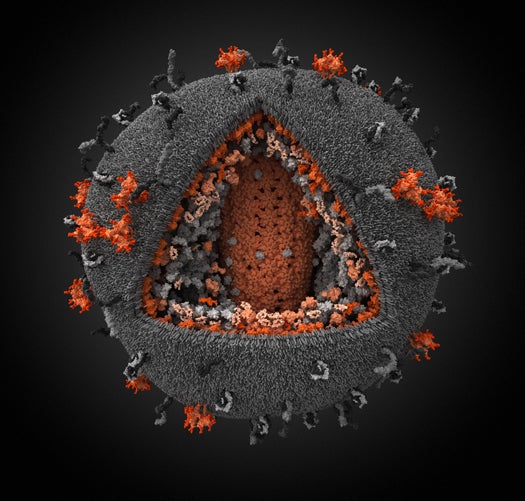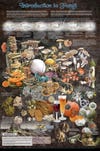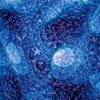The Best Images from the 2010 International Science and Engineering Visualization Challenge
We’re always suckers for a good art/science mashup, so perhaps it’s no surprise that we’re feeling pretty good about today’s...

We’re always suckers for a good art/science mashup, so perhaps it’s no surprise that we’re feeling pretty good about today’s release of the 2010 International Science and Engineering Visualization Challenge winners. This year’s winning entries included
the most detailed 3-D model of the HIV virus ever made (above), a sweeping infographic primer on the many ways fungi impact our lives, and a non-interactive media project that tracked 3,000 pieces of garbage from their origins in Seattle to destinations across the U.S.
Click to launch the photo gallery
The competition, sponsored by the journal Science and the National Science Foundation, annually recognizes visualizations that engage viewers by leveraging science in interesting and novel ways. Winners are supposed to exhibit not only originality and artistry, but also an effectiveness at communication scientific ideas and creating awareness.
The winners will be featured in a cover story in an issue of Science publishing tomorrow, but we went ahead and gathered some of our favorites here. Click through the gallery link to see some of the best science imagery the last year had to offer.

The World’s Most Detailed 3-D Model of HIV

Enterobacteria Phage T4

Proposed Structure of Yeast Mitotic Spindl

Introduction to Fungi

Rough Waters

TRICHOMES (Hairs) on the Seed of the Common Tomato